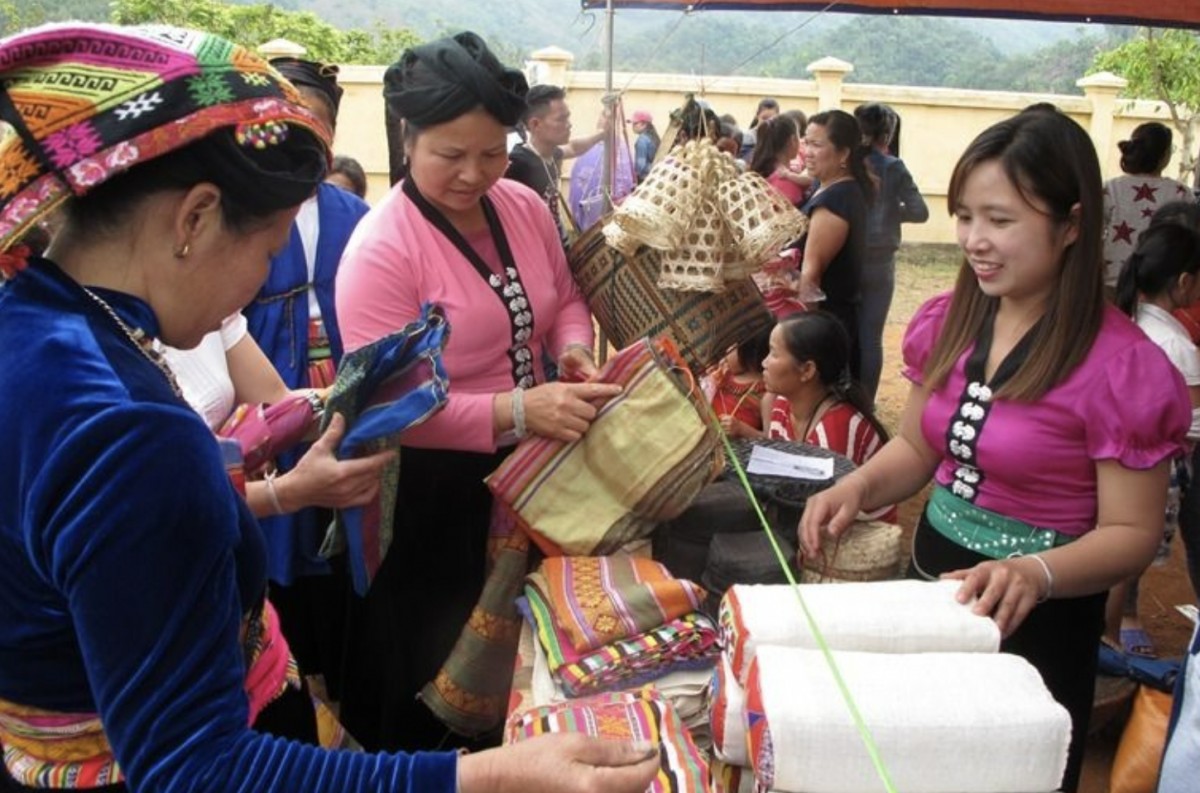
Hoa Binh Province’s ethnic minority products elevate through e-commerce
19:05 | 23/03/2025 10:39 | 17/05/2025Society
Known not only for its culturally rich products such as Shan Tuyet tea, Cao Phong oranges, and traditional Muong brocade, Hoa Binh is also emerging as a pioneer in transforming trade promotion practices. Amid the strong economic transformation of mountainous regions, the Hoa Binh Department of Industry and Trade is playing a key role in facilitating, connecting, and leading efforts to ensure that ethnic minority products are not only sold, but also honored in both domestic and international markets.
Vietnam Economic News spoke with Nguyen Thi Thu Ha, Head of the Trade Management Division under the Hoa Binh Department of Industry and Trade, to learn more about how the department is supporting ethnic communities in branding and expanding markets for their local products.
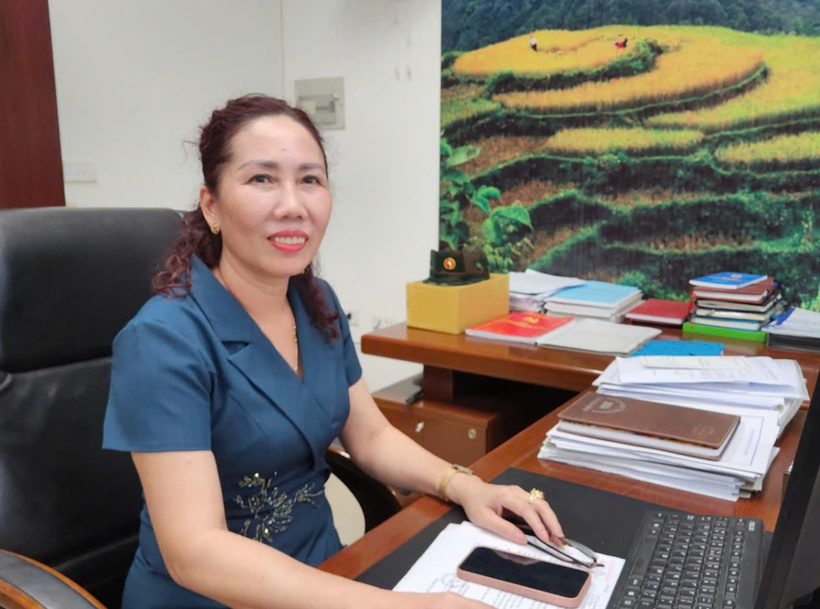
Ms. Nguyen Thi Thu Ha, Head of the Trade Management Division under the Hoa Binh Department of Industry and Trade
With increasing fierce competition and rapidly changing consumer demands, what breakthrough approaches has Hoa Binh Province taken to promote and boost the sale of products from ethnic and mountainous areas?
In recent years, Hoa Binh’s efforts to promote and expand the market for ethnic and highland products can be described as a powerful “general offensive,” marked by new, flexible, and highly effective strategies.
In addition to maintaining traditional promotion activities such as trade fairs and supply-demand connection conferences, the provincial Department of Industry and Trade has actively applied digital technologies to bring local agricultural products, such as Shan Tuyet tea, Cao Phong oranges, and handicrafts into the digital space. Here, market boundaries are limitless, and producers can connect directly with global consumers.
Specifically, over the past year, Hoa Binh Province has organized or participated in nearly 20 large-scale trade fairs. Its signature products, OCOP (One Commune, One Product) items, and typical rural industrial goods have been showcased at major events such as the Northern Region Industry and Trade Fair, highland markets in Kim Boi, Da Bac, and Lac Son districts, and national and international exhibitions including Vietnam Expo, Hue Festival, and OCOP Fairs in Quang Ninh, Lang Son, and Da Lat. Each event has opened valuable opportunities for Hoa Binh’s products to access wider distribution networks and reach more consumers nationwide.
A particular highlight is the province’s support for local businesses in participating in international trade promotion. Many OCOP products from Hoa Binh have been introduced in potential markets such as China, Japan, France, Hungary, and Germany. We not only showcase these products, but also accompany ethnic minority producers on their journey to global markets, helping them gain knowledge, expand their vision, and gradually assert the value of Hoa Binh’s products on the international trade map.
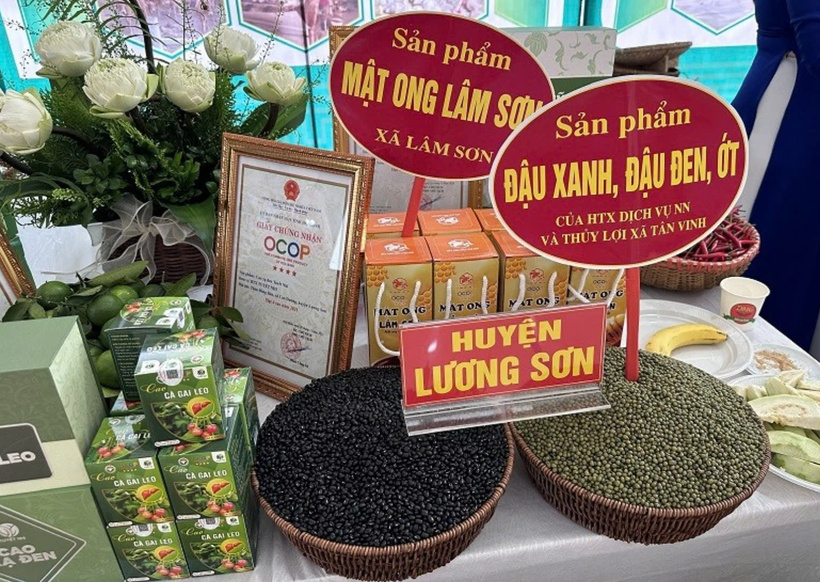
Many OCOP products from Hoa Binh have been introduced in potential markets such as China, Japan, France, Hungary, and Germany.
Many believe that promoting ethnic and highland products can’t rely solely on trade fairs and product showcases. From a management perspective, what is your view on the trend toward modernization?
In today’s digital era, promoting highland products must go beyond “attending fairs and hanging banners.” Our department has clearly identified that promotion efforts must be tied to brand building, product standardization, digital transformation, and most importantly, strategic connections with potential markets.
Hoa Binh is actively developing e-commerce through initiatives such as the “Vietnamese Online Booth” and the province’s e-commerce platform at hoabinhtrade.gov.vn. So far, 138 products from 70 local businesses and cooperatives have been listed on the platform.
Recognizing that virtual storefronts are key to selling real goods, we have organized training on product description, professional photography, and online store management for cooperatives and individual sellers.
In addition, the province is promoting packaging improvements, QR code-based product traceability, and compliance with technical standards and food safety requirements for products sold online. Digital promotion and market expansion must go hand in hand with digital transformation, and this is the direction we are firmly pursuing.
In 2025, Hoa Binh aims to expand export markets and boost the sale of key highland agricultural products. What solutions will be prioritized to achieve this goal?
We have identified two strategic approaches: “expand domestically, strengthen externally.” Domestically, we focus on increasing product presence through supply-demand connection and promotional activities in major economic hubs like Hanoi, Ho Chi Minh City, Bac Giang, and Hai Duong. Externally, we aim to build strong internal capabilities so that businesses can enter international markets in a sustainable way.
To realize this, Hoa Binh is implementing several key solutions: training on international negotiation skills, supporting the design of export-compliant packaging, and building product brands. We also help ethnic minority producers register accounts and list their goods on international e-commerce platforms like Alibaba and Amazon.
In addition, we actively coordinate with Vietnam’s Trade Counselor offices abroad to create direct trade linkages for businesses and farmers.
From your experience, what recommendations do you have to enhance the sustainability and effectiveness of efforts to promote the sale of Hoa Binh’s ethnic and highland products?
To turn ethnic minority products into a driving force for economic development, we need proper investment in policies as well as human and financial resources. We hope the Ministry of Industry and Trade will consider increasing funding for the National Trade Promotion Program specifically for mountainous localities. This support is vital for provinces like Hoa Binh to organize thematic trade fairs, help local products access international e-commerce platforms, and train skilled promotional personnel.
Moreover, to make trade promotion proactive and systematic rather than fragmented, we need more effective and flexible cross-sector coordination between the Department of Industry and Trade, the Department of Natural Resources and Environment, the Agriculture Promotion Center, and industry associations. This would help create integrated value chains that link promotion closely with production.
At the local level, Hoa Binh is committed to enhancing the capacity of its promotional teams, placing farmers and businesses at the center of service, considering market demand as the guiding principle, and leveraging technology as a key driver of growth.
Thank you very much!
As a mountainous province with more than 74 percent of its population belonging to ethnic minority groups, Hoa Binh is home to a rich cultural heritage and a unique local ecosystem. Known not only for its traditional xoe dances, the khen (panpipes) music, and vibrant festivals, Hoa Binh is also blessed with an abundance of natural specialties such as Cao Phong oranges, bitter bamboo shoots, Da River fish, wild honey, and distinctive brocade weaving products of the Muong and Thai ethnic groups.
In recent years, the provincial government has made it clear that unlocking the potential of local resources is crucial for sustainable development and improved living standards, particularly for ethnic minority communities. Investments in infrastructure such as roads, electricity, water, schools, and healthcare have been carried out in tandem with specific policies aimed at bringing into play the internal strength of local communities.
From national target programs to support schemes for production, vocational training, and trade promotion, all initiatives have been translated into practical models such as the development of OCOP products, the building of agricultural value chains, and the promotion of cooperatives as key players in market access. A variety of culturally rooted products have been revitalized and brought to market with a completely new look, from packaging and labeling to geographical codes and brand development.
Local people are no longer just producers, but also planners, collaborators, and market drivers, leveraging tools like e-commerce, community-based tourism, and trade fairs at both provincial and national levels. Today, Hoa Binh is not only preserving its cultural identity but transforming it into a competitive advantage, creating sustainable livelihoods for ethnic communities across its highland regions.

19:05 | 23/03/2025 10:39 | 17/05/2025Society
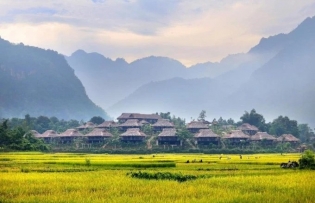
19:05 | 23/03/2025 16:55 | 30/12/2024Tourism

19:05 | 23/03/2025 18:08 | 29/09/2024Province
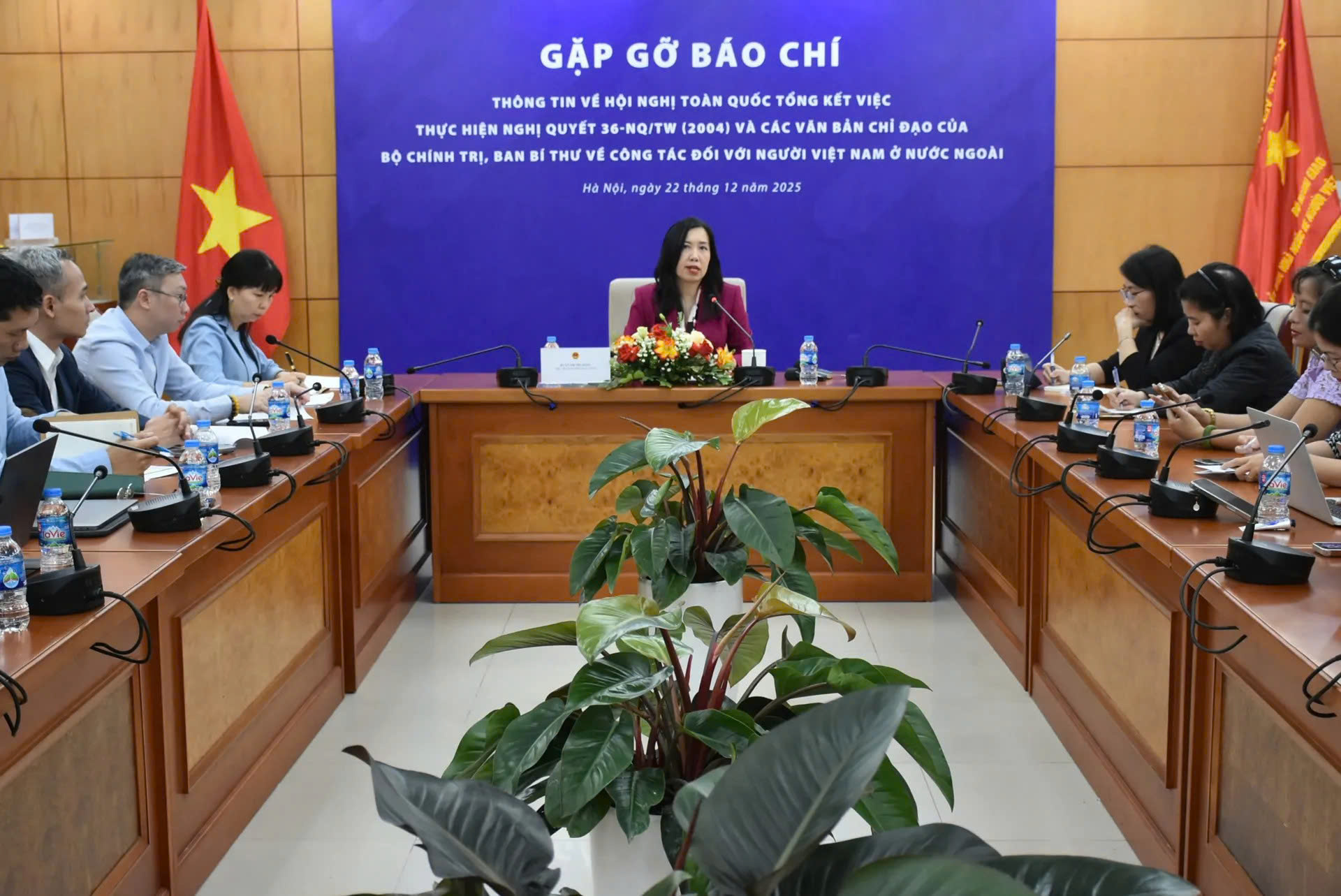
19:05 | 23/03/2025 16:32 | 23/12/2025News and Events

19:05 | 23/03/2025 16:30 | 23/12/2025Trade

19:05 | 23/03/2025 23:26 | 22/12/2025Industry

19:05 | 23/03/2025 23:19 | 22/12/2025News and Events
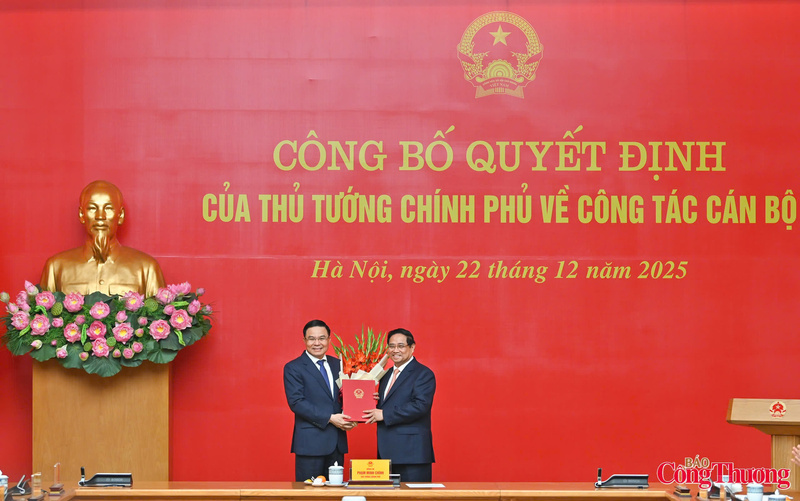
19:05 | 23/03/2025 14:41 | 22/12/2025News and Events